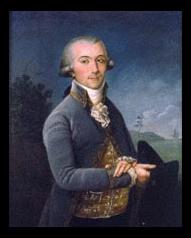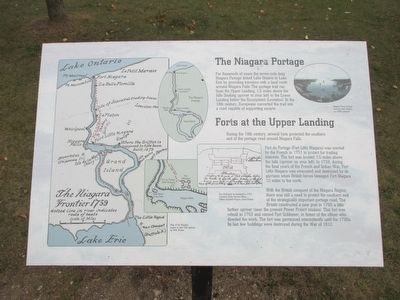Welcome to the historical narrative of Pierre Laclede Liguest and the founding of St. Louis, a city with a rich tapestry of history and culture. Our story begins in 1764, when French fur trader Pierre Laclede Liguest, along with his young assistant and stepson Auguste Chouteau, established a fur trading post on the west bank of the Mississippi River. This location, chosen for its strategic position and elevation to avoid flooding, quickly became a hub of trade and commerce.
Laclede envisioned this settlement, which he named St. Louis after King Louis IX of France, as a future city of great importance. His foresight was remarkable, as St. Louis grew rapidly, attracting settlers from various regions. The city’s early days were marked by its vibrant French culture, which continued to influence the area even after the Louisiana Purchase in 1803 transferred the territory to the United States.
During the Civil War, St. Louis played a strategic role, remaining under Union control due to its significant German population, which was fiercely loyal to the Union cause. The city saw no major battles, but the ‘Battle of Camp Jackson’ was a notable skirmish that took place nearby.
In the late 19th and early 20th centuries, St. Louis blossomed as a center of manufacturing and transport, thanks to its location on major rail and river routes. It also became known for hosting the 1904 World’s Fair and the Summer Olympics, both of which marked its status as a major American city.
Notable figures associated with St. Louis include Madame Marie-Thérèse Bourgeois Chouteau, often referred to as the ‘Queen’ of St. Louis, for her role in the city’s early development. Her resilience and leadership were central to the community’s growth and prosperity.
Today, visitors to St. Louis can explore its historical landmarks and architectural heritage, reflecting its French roots and diverse cultural influences. From the iconic Gateway Arch to the historic neighborhoods, the city offers a window into the past and a testament to the vision of its founders.



